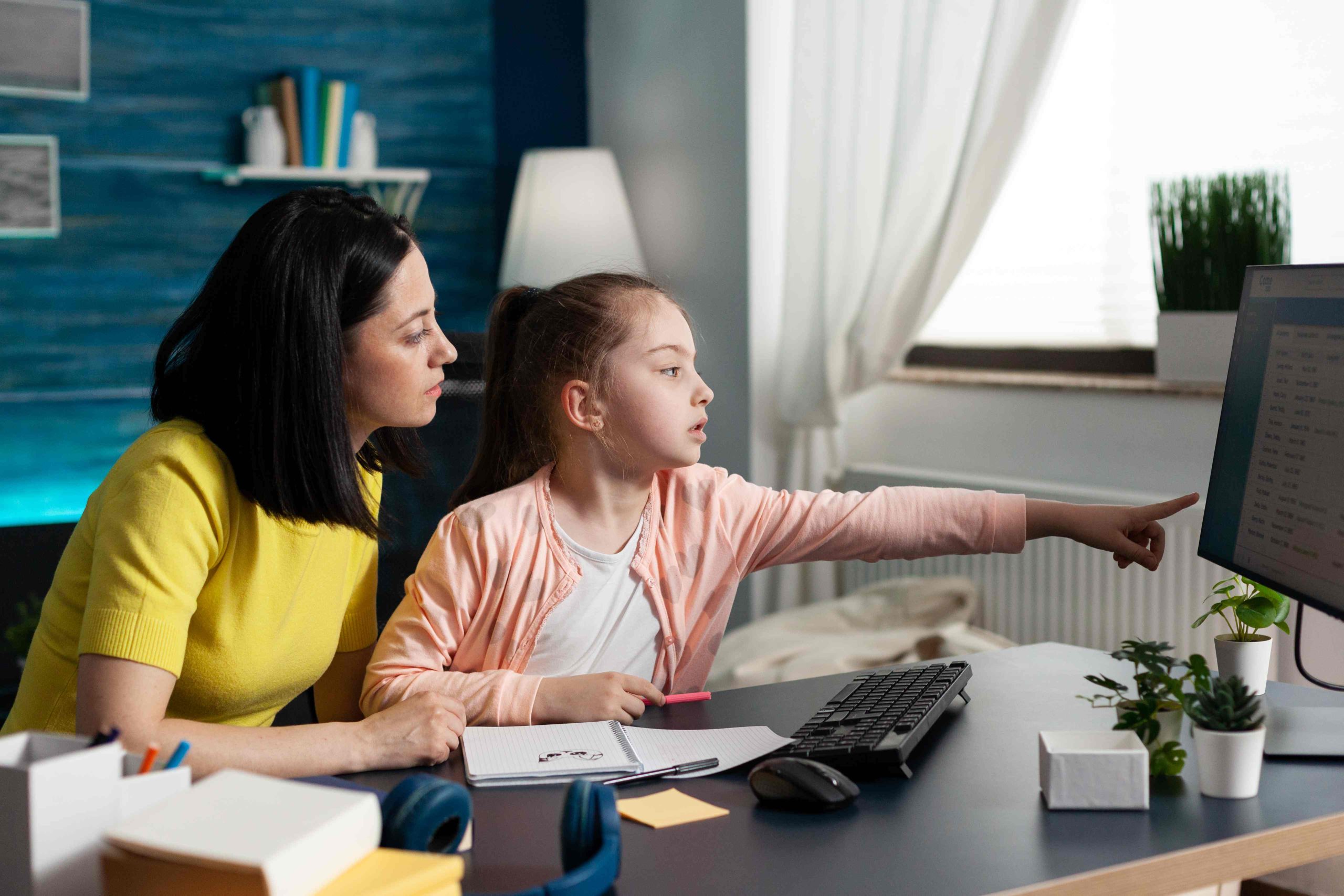
Nurturing Communication Skills in Preschoolers: What Is Expected of a 3-Year-Old in Preschool?
Parents, educators, and caregivers have a significant impact on the development of preschoolers, particularly in communication skills. Effective communication is essential for social interaction, cognitive growth, and academic performance. But what exactly is expected of a 3-year-old in preschool in terms of communication? Let’s explore six standards that highlight the main demands on preschoolers’ communication abilities.
Language Development: Building a Strong Foundation
Preschoolers, by the age of three, should have already been exposed to language and begun expanding their vocabulary. However, it is anticipated that they will further develop their language skills in a rich language environment at preschool. They are expected to use words and phrases to express their needs, emotions, and thoughts. Preschoolers should also understand and use basic concepts like colors, shapes, sizes, and numbers.
Verbal and Non-Verbal Communication: Expressing Thoughts and Feelings
In addition to verbal communication, preschoolers should be able to communicate nonverbally through actions, gestures, and facial expressions. They should express emotions like happiness, sadness, rage, and fear using both verbal and non-verbal cues. Encouraging preschoolers to express their emotions through facial expressions and gestures can aid in their non-verbal communication development.
Listening Skills: Paying Attention and Following Directions
Listening is equally crucial as speaking for effective communication. Preschoolers should possess good listening skills, including paying attention to verbal instructions, following directions, and understanding basic concepts. They should be capable of listening to teachers, peers, and caregivers attentively and following instructions appropriately.
Social Skills: Interacting and Collaborating with Peers
Preschoolers need social skills for successful peer interaction, including taking turns, sharing, cooperating, and resolving conflicts. They should communicate their feelings openly, engage in discussions with peers, and be receptive to others’ viewpoints. Teachers and caregivers can support this development through group activities, unstructured play, and conflict resolution guidance.
Expressive Language: Using Words to Communicate Ideas
Preschoolers are expected to develop expressive language skills, communicating their thoughts, feelings, and experiences using a variety of words and phrases. They should construct meaningful sentences with proper pronouns, verbs, adjectives, and prepositions. Encouraging them to express themselves through play, art, and descriptive language can aid in this development.
Body Language and Facial Expressions: Enhancing Communication
Preschoolers should be aware of their body language and facial expressions to improve communication. They should express themselves appropriately through gestures and facial cues. Teachers and caregivers can model appropriate non-verbal cues and provide feedback to help preschoolers effectively communicate non-verbally.
Conclusion
Effective communication skills are vital for preschoolers’ overall development. By fostering a language-rich environment, providing opportunities for practice, and encouraging parental involvement, we can help preschoolers reach their communication milestones and lay a strong foundation for their future development. Let’s collaborate as educators and parents to create an environment where preschoolers can thrive and succeed in their early education and beyond.


